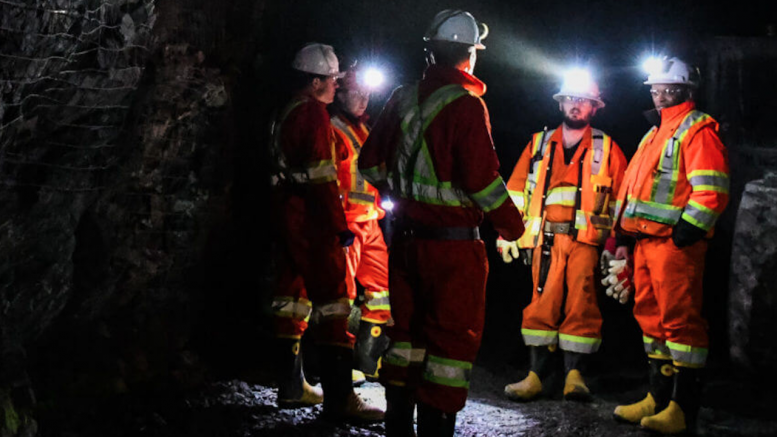The Windfall gold project is now powered by hydroelectricity via a 95-km-long, 69-kV power line built, owned, and operated by Waswanipi Cree First Nation.
The move away from diesel power generation for the camp and underground mine will reduce both power costs and greenhouse gas emissions at the site, held in an equal joint venture by Osisko Mining (TSX: OSK) and Gold Fields (JSE: GFI; NYSE: GFI).
Gold Fields bought into the development project last May for $600 million. Osisko remains the operator.
The property is located within the traditional territory of the Waswanipi, in the Abitibi Greenstone Belt, Eeyou Istchee James Bay, Que., 700 km north-northwest of Montreal.
Osisko says the Windfall environmental impact assessment review is ongoing, and the impact and benefits agreement is expected to be finalized this year with the Cree Nation government and Waswanipi Cree First Nation.
A 2022 feasibility study outlined a$788.6-million initial capital cost for a 10-year underground mine that would produce 306,000 oz. of gold per year. With an anticipated mill head grade of 8.1 grams gold per tonne, Windfall will be among the top 10 richest gold mines in the world.
Measured and indicated resources contains 4.1 million oz. of gold in 11.1 million tonnes grading 11.4 grams gold per tonne. Probable reserves total 12.2 million tonnes at 8.1 grams gold for 3.2 million oz. of gold.
With Windfall powered up and development proceeding apace, Osisko has begun a 35,000-metre regional drilling program on the Phoenix joint venture (formerly known as the Urban-Barry properties) as part of a 70% earn-in venture option with Bonterra Resources (TSXV: BTR). The first target to be tested is the Moss target 5 km southwest from the Windfall deposit. It shows a similar geological character to the high-grade Lynx zone, which has grades of approximately 12 grams gold per tonne.


Be the first to comment on "Grid power arrives at Osisko-Gold Fields Windfall JV in Quebec"